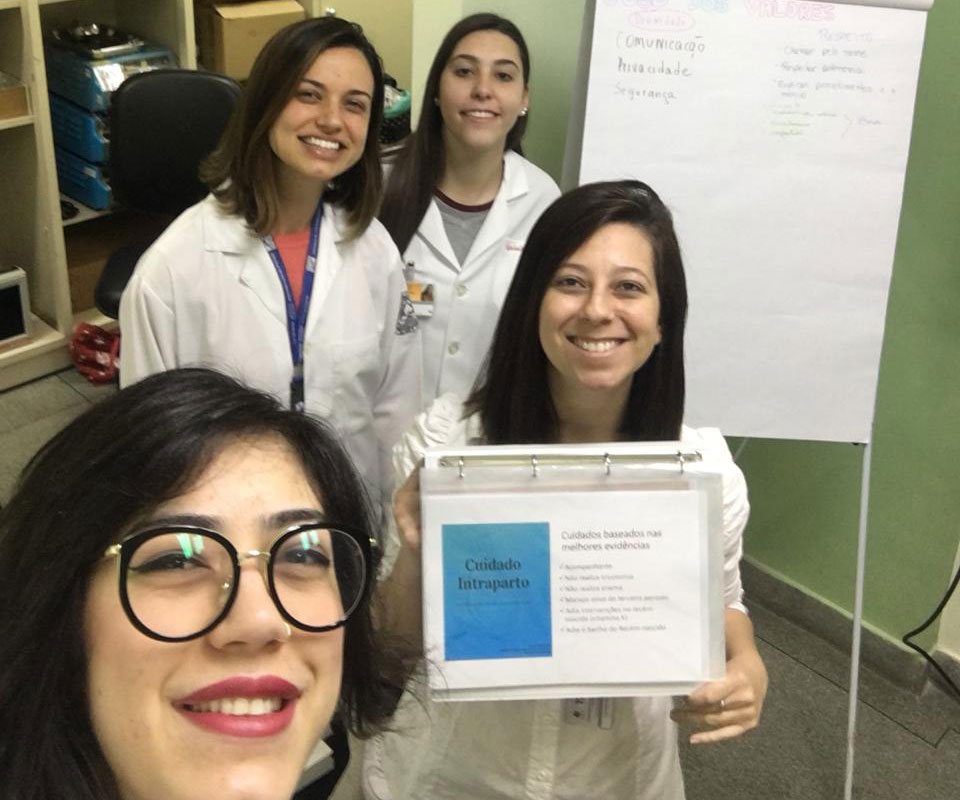
Read thread 👇 for an outline of an #EvidencetoImpact story from Brazil as we celebrate the inaugural #WorldEBHCDay! 

Abuse and disrespect in childbirth care has been deemed a public health issue in Brazil, with many studies documenting the prevalence of discriminatory and hostile attitudes in childbirth care, both in the public and the private sectors. 

Only 5.6% of Brazilian women have normal births without inappropriate & invasive (often not informed or consented to) interventions during vaginal birth, eg the unregulated use of oxytocin to induce or augment labour, Kristeller manoeuvre, forceps & episiotomy.
A 6-month evidence implementation project was undertaken to improve intrapartum care to improve mothers' experiences of childbirth.
Using the JBI Getting Research into Practice (#GRiP) approach and the JBI Practical Application of Clinical Evidence System (PACES) audit and feedback tool, a baseline clinical audit measured the following 20 JBI evidence-based audit criteria for best-practice intrapartum care 

The #GRiP phase identified the need i) to conduct in-service training for maintaining accurate nursing records for intrapartum care, reducing interventionist practices and establishing debriefing as a practice; 

ii) to establish a Game of Values to enable positive reinforcement of service practices and highlight effective communication and respectful maternal care; and iii) for educational pamphlets to improve communication channels for women’s feedback on care.
The follow-up audit demonstrated an improvement in 10 criteria. Most notably, the use of the partograph during labour increased by 20%, compliance with women not being offered routine amniotomy or oxytocin increased by 39%, women being offered pain relief increased by 40%,
In addition, mothers and babies being given skin-to-skin contact increased by 21%. Moreover, five of the six criteria that achieved 100% compliance in the baseline audit maintained their score.
The full #WorldEBHCDay impact story, and links to useful resources, can be read at worldebhcday.org/stories/story?… T 

• • •
Missing some Tweet in this thread? You can try to
force a refresh









